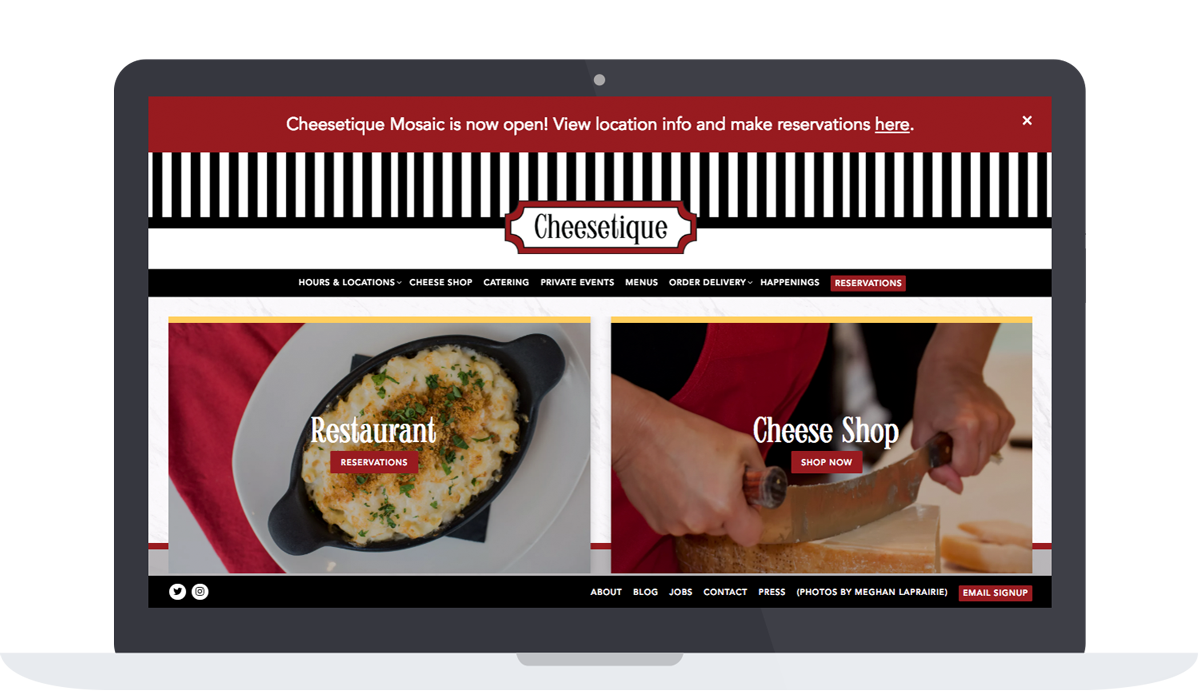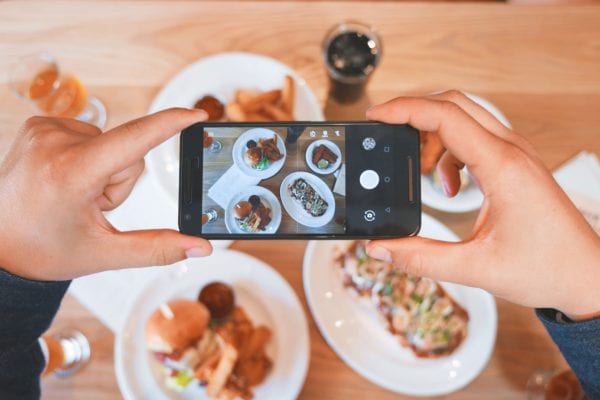Skift Take
When and how you’re making updates matters, but if your restaurant website isn’t mobile-friendly you risk over 50 percent of your guests not seeing them.
— BentoBox
Nearly all guests research restaurants online before deciding where to dine, which means it’s crucial to maintain your website with up-to-date information. Knowing what kind of content your guests are looking for and when to make changes is just as important. A well-designed and current restaurant website can help to bring guests from your homepage to your restaurant’s front door. Here’s how to get the most out of your next website update.
Know Your Site
No two restaurant websites function exactly the same. Detailed analytics, be it from your website backend or Google Analytics, help you not only understand what your guests are looking for, but also how they are finding your website. News articles, social media, and links from unexpected places can all drive potential guests to your site, and show you where and when to focus your attention. By tracking pageviews, responses to email marketing campaigns, and your user demographic, you can tailor your site changes and updates for maximum impact.
Make the Right Updates at the Right Times
After collecting data from thousands of restaurants, BentoBox has found that the busiest hour of the day for restaurant website traffic is 5 p.m., and the busiest day of the week is Friday. So Friday at 5 p.m. is the absolute worst time to make big changes online. If you have updates you need to make, getting them done on a Monday or Tuesday and around noon gives you plenty of time before your website traffic picks up for the week.

Basic but essential information like location, menus, reservations, and online ordering make up 60 percent of the clicks on a restaurant website, so if you’re short on time, update these first. Menus, especially, can become a pain point for restaurants. But according to OpenTable’s Technology and Dining Out report, 86 percent of people check menus online before dining out, making an updated menu essential to guest satisfaction.
The good news is that much of the most popular information on your site — like location, contact information, and hours — doesn’t change, at least not often, which means you can spend your time updating what matters most.
Make Sure You’re Mobile
Over half of restaurant guests look up restaurants on mobile devices. If your restaurant website isn’t mobile-friendly, changes you make are essentially obsolete. Even with the most up-to-date information, it’s going to be a lot more difficult for over 50 percent of your guests to find that updated information online.

Mobile optimization can pay off fast. When Jill Erber, owner of Cheesetique in Washington, D.C. launched a new, mobile-compatible website, she saw a 580 percent in mobile traffic after just five months. She now updates her catering items on the fly, targeting people increasingly used to shopping online with their phones.
Promote Big Changes
Once you’ve made an update, get the word out!. Schedule homepage alerts in advance to let guests know about daily specials or events when they’re deciding where to dine. They can also help promote sections of your site that you want to get more traffic on like catering or private events. Sending out a social media blast or a complementary email newsletter that links back to your website to sell tickets, gift cards, or merchandise is also a great way to engage your guests across several different platforms.
Choose a One-Stop Solution
To make the most out of your changes online, you need a website that is easy to update, but also offers you valuable information about you restaurant. BentoBox’s easy-to-digest analytics are key to understanding exactly why and how potential diners find your site, and the Dashboard provides at-a-glance information specifically for your website. This makes it easy to keep an eye on important things like top referring sites, online visitor counts, and page popularity.
“The overall plug-and-play functionality of the backend makes it so easy to make updates. It’s just the right amount of control. The analytics are great, too,” said Sam Plotnick, chef at Temporis in Chicago.
Cheesetique’s Erber agrees, and the 580 percent mobile traffic increase she saw after switching to BentoBox speaks for itself. “With BentoBox it’s so easy to upload new items, so immediately when I have ideas for catering packages I add them to the site. I know if I had put these items on our old site there’s no way they would have sold because the mobile experience was so bad.”
Want to know more about how you can optimize your website updates with BentoBox? Get in touch with us to learn more!
This content was created collaboratively between BentoBox and Skift Table.







